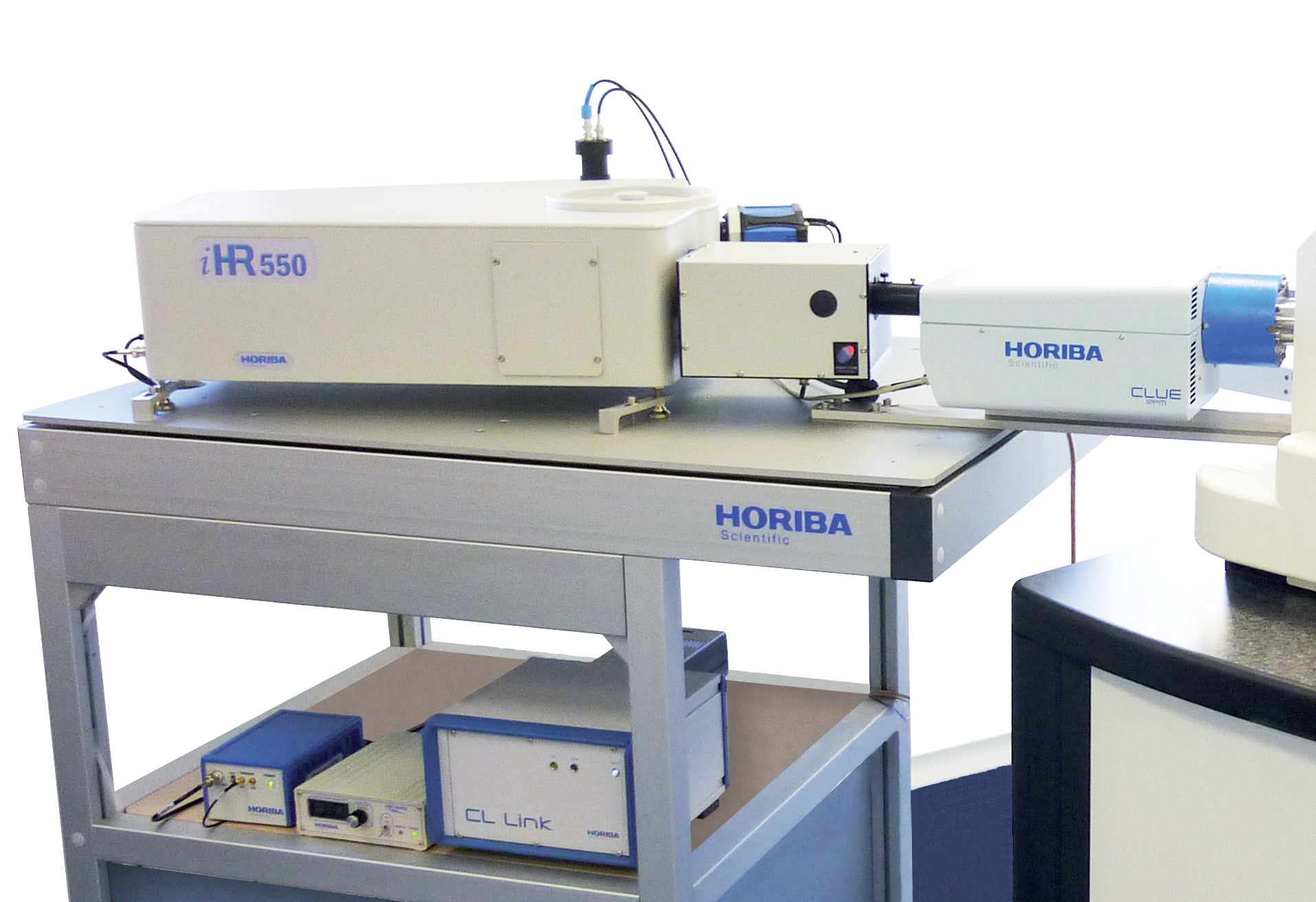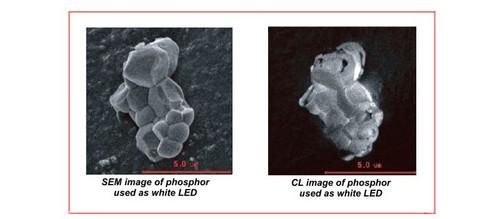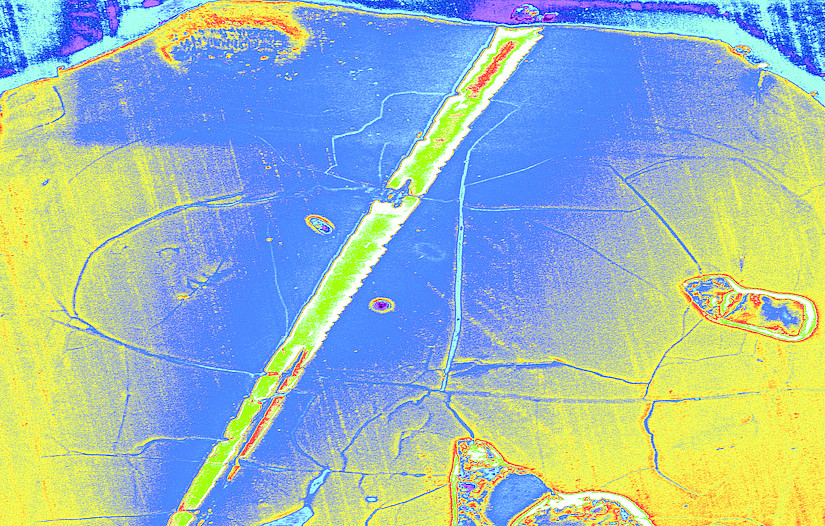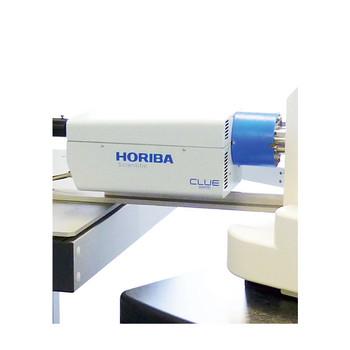
Spectral Range | UV - VIS - NIR |
Diamond turned collection mirror | parabolic mirror |
200 mm retractable interface | Motorized with fine adjustment under vacuum |
CL imaging detector | Standard: Panchromatic and monochromatic CL with ambient PMT |
CL spectrometer type | iHR 320, iHR 550 (320 to 550 mm focal length),up to 3 grating turret, 2-entrance/2exit |
Upgrade available | Upgrade from PL, MicOS systems |
Electron beam control | CL-LINK for multiple acquisition processing (Analog, pulse mode, SE), Mapping linescan, |
Software | Spectroscopy and imaging powered by LabSpec 6™ |
Remote Controller | Optional |
Clue Accessories | Polarization, ND filter, camera, EMCCD etc |
SEM Accessories | LN2, He cryo-stages, EBIC detector and many other accessories to complement our CLUE Series add-on detectors |











